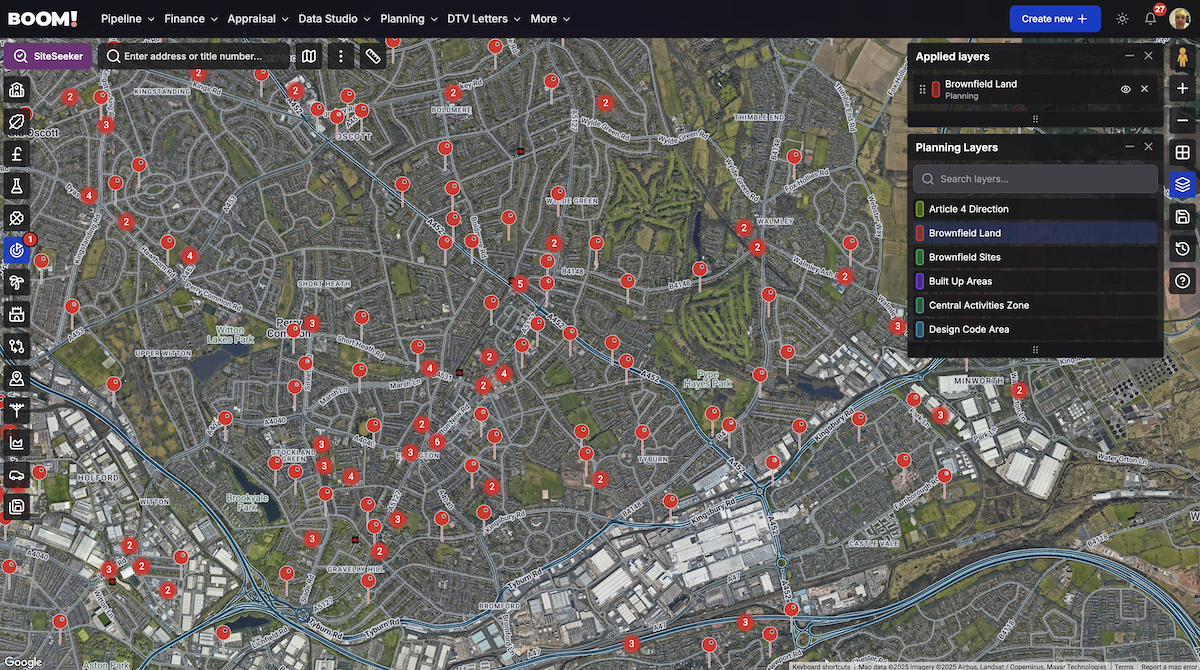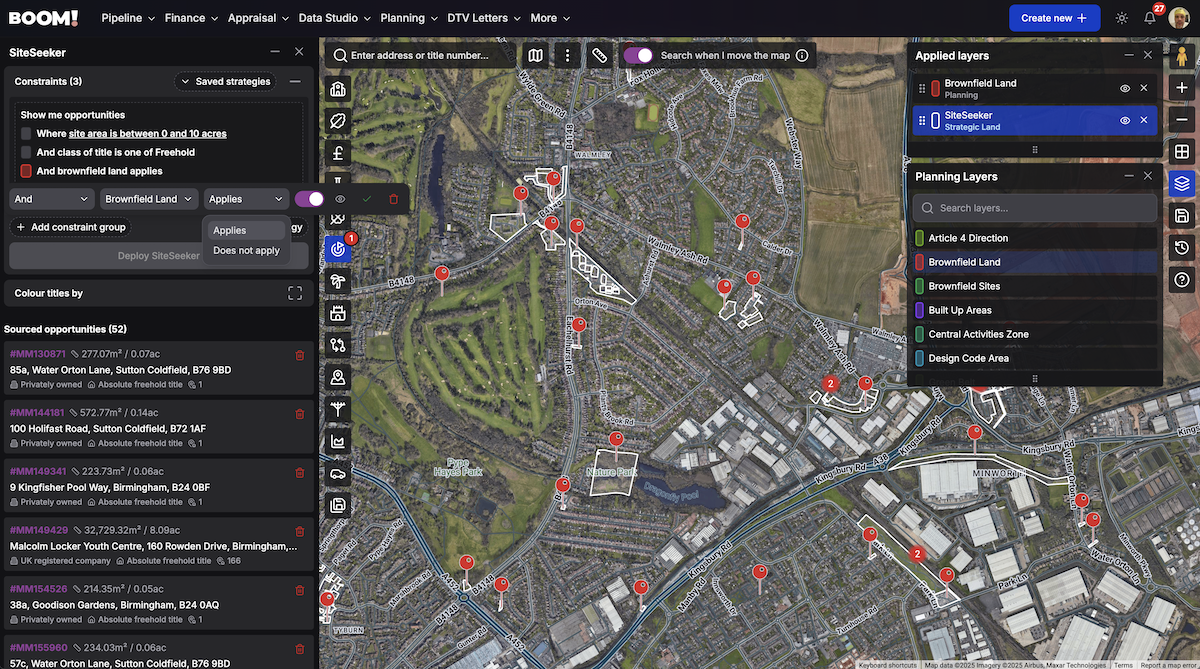10 Key Facts About Developing Brownfield Land That Competitors Don’t Know







New property developers often overlook brownfield sites, assuming they come with too many headaches. But smart developers know better. Understanding the real facts about brownfield land can put you ahead of the pack, helping you secure sites faster, cut planning time, and even access funding. Here are 10 key facts you need to know in 2025:
1. Brownfield Land Is Often Easier to Get Planning Permission For
Local authorities are under pressure to prioritise brownfield development over greenfield sites. The National Planning Policy Framework (NPPF) supports a "brownfield first" approach. That means planning officers are more likely to look favourably on applications that make use of previously developed land.
2. You Might Be Eligible for Grants or Tax Relief
Developing brownfield land can open the door to financial support. The Brownfield Land Release Fund (BLRF) is aimed at unlocking council-owned land for housing. VAT exemptions may also apply on conversions.
3. Prior Approval Rights Can Speed Up Conversion Projects
Under Permitted Development Rights, certain brownfield properties—like offices or light industrial buildings—can be converted to residential use without full planning permission. This can save months of time and thousands in planning costs.
4. Remediation Isn’t Always a Dealbreaker
Yes, some brownfield land is contaminated. But modern remediation techniques make this manageable. Conducting proper ground investigations early will help you budget accurately and avoid nasty surprises.
5. Brownfield Land Can Be Cheaper Upfront—But Watch Hidden Costs
These sites often have a lower per-acre cost than greenfield plots. However, always factor in potential costs for demolition, site clearance, and remediation. A full site assessment is essential.
6. Not All Brownfield Land Is in Urban Areas
It’s a myth that brownfield land only exists in cities. Many rural brownfield sites—like disused agricultural buildings or old industrial yards—can also offer great development potential.
7. Councils Are Under Pressure to Use It
Most councils have targets to bring brownfield land back into use. Many even publish Brownfield Land Registers to identify suitable development sites. Developers who align with these goals can benefit from a faster, more collaborative planning process.
8. Brownfield Sites Often Have Existing Infrastructure
Many brownfield plots already have roads, utilities, and drainage in place. This can significantly cut your development costs and simplify the build process.
9. You Still Need a Solid Planning Strategy
Just because it’s brownfield doesn’t mean it’s a free-for-all. Local policies, environmental constraints, and site-specific challenges still apply. Always do your homework and speak to the local planning authority early.
10. Successful Brownfield Developers Think Long-Term
Many brownfield sites are part of wider regeneration efforts. This can mean excellent value uplift over time. Take the King’s Cross redevelopment in London as a prime example—once neglected, now a thriving, high-value area.
Conclusion: Use Brownfield Knowledge to Stay Ahead
Understanding brownfield land puts you in a stronger position than most new developers. The more you know, the less you risk—and the faster you move.

How BOOM! Makes Finding Brownfield Sites Effortless
BOOM! takes the guesswork out of brownfield site sourcing. Our Brownfield Land layer in Data Studio gives you instant visibility—no more digging through complex local policy maps. Once you've identified your target brownfield sites, you can engage with our Planning Applications Layer to better understand the market pipeline, and identifying risks associated with rejected applications.
Looking for sites with redevelopment potential? SiteSeeker lets you easily filter in—or out—brownfield land, so you only see the opportunities that match your strategy. It’s fast, focused, and designed to help you spot viable plots before anyone else.